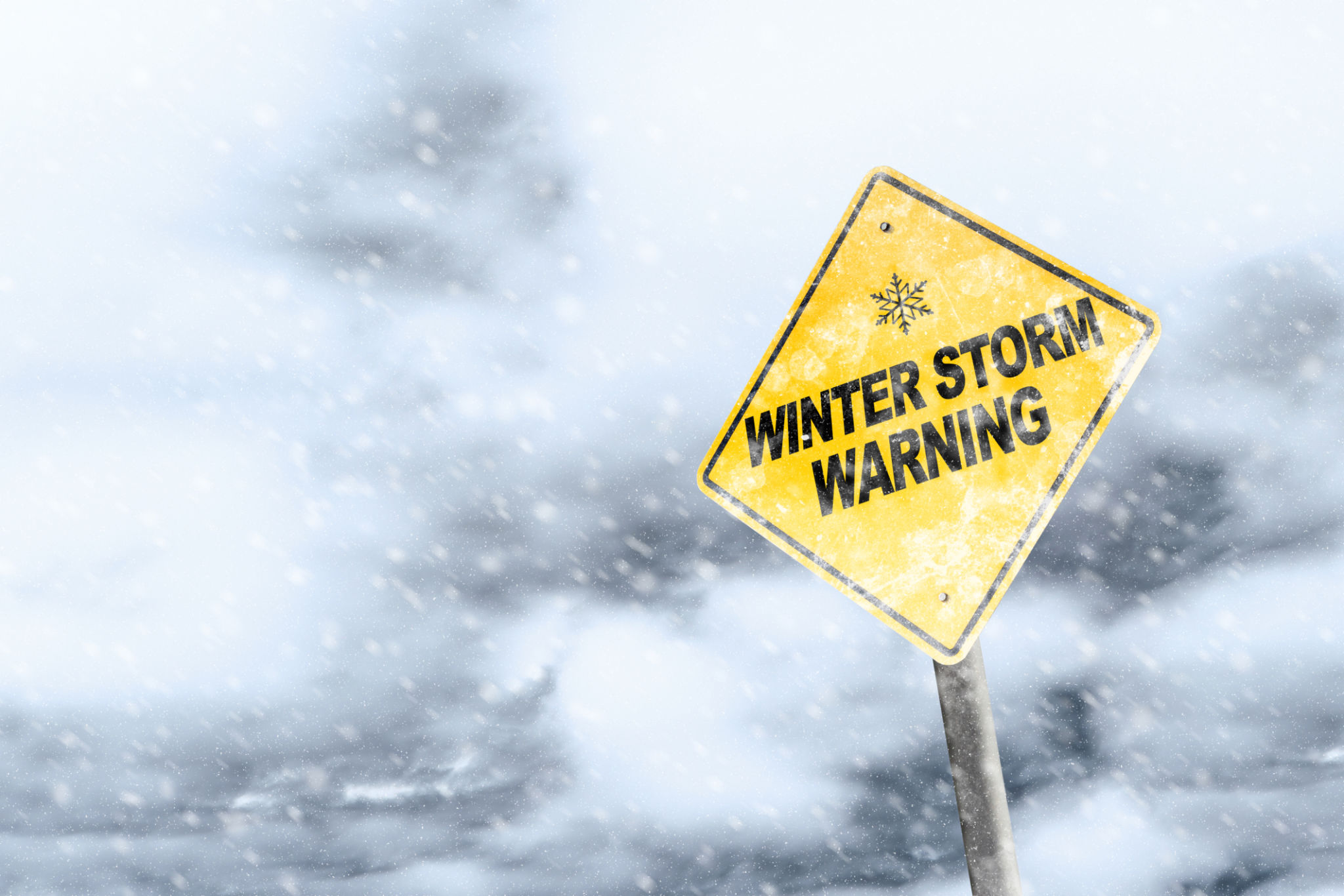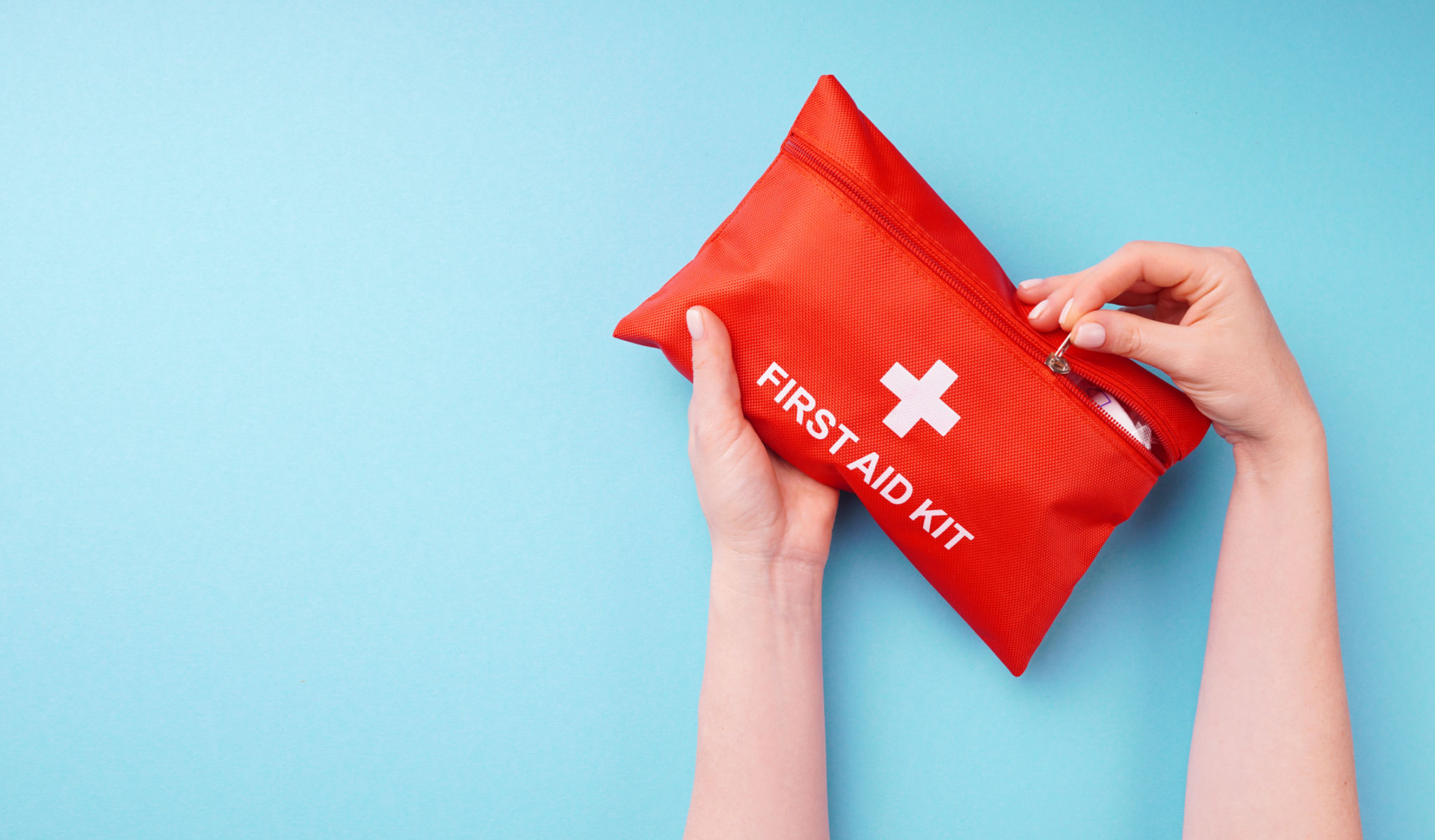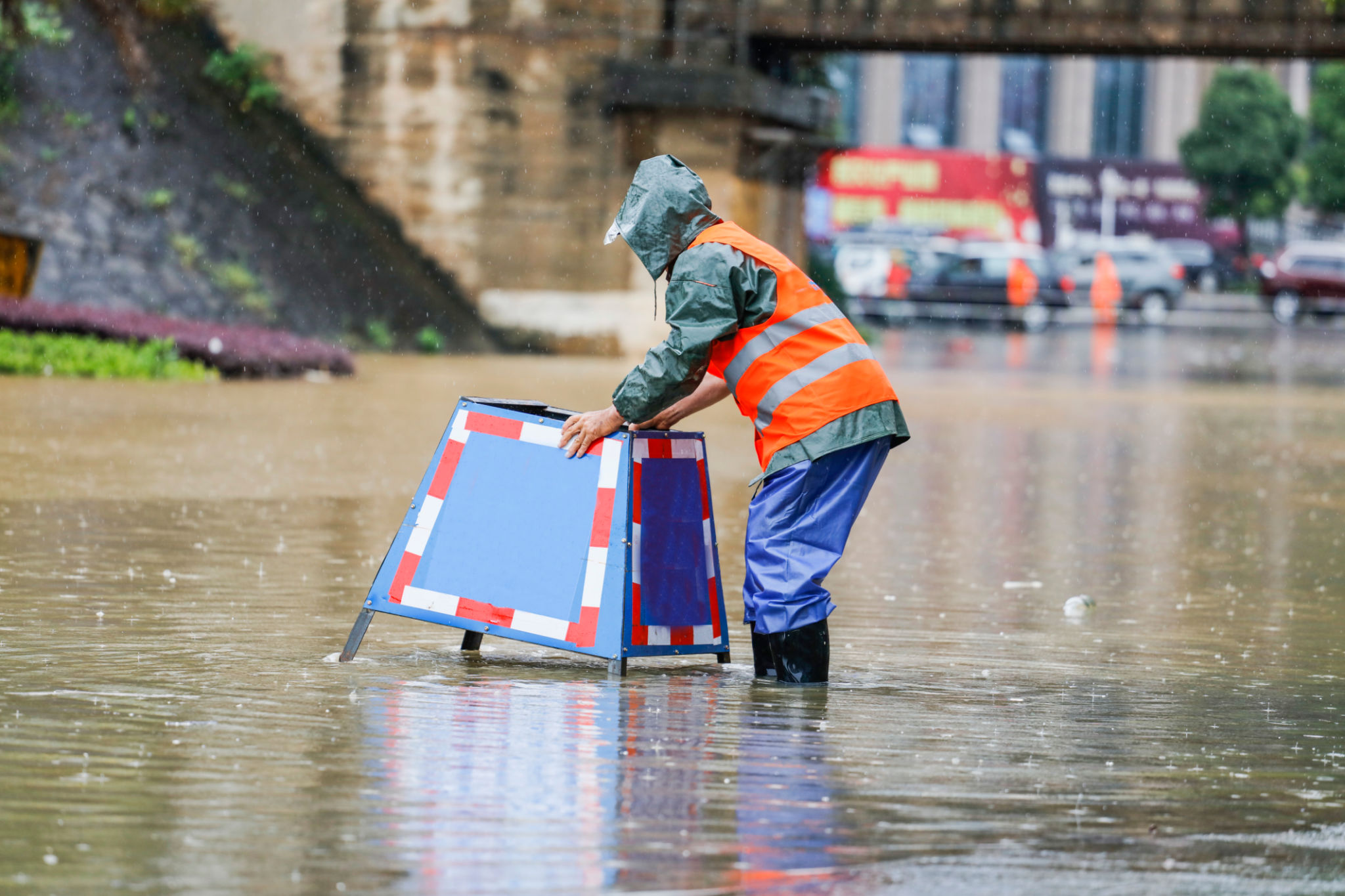Preparing for the Unexpected: Seasonal Disaster Preparedness Tips for Maryland Residents
Ki
Living in Maryland means experiencing a variety of weather patterns throughout the year. From hurricanes and tropical storms to winter blizzards and flooding, the state’s seasonal weather can be unpredictable and sometimes severe. Preparing for these unexpected events is crucial to ensure the safety and well-being of you and your family.
Understanding Maryland’s Weather Risks
Maryland's geographical diversity contributes to its wide range of weather patterns. The state experiences the impact of coastal storms, significant snowfall in the western regions, and occasional tornadoes. Understanding these risks is the first step in preparing for potential disasters. Staying informed about the types of disasters that can occur in your area can help you make a more effective emergency plan.
It is important to follow weather alerts and warnings from trusted sources such as the National Weather Service. These alerts can give you the information you need to take immediate action to protect yourself and your property.

Creating a Disaster Preparedness Plan
Having a well-thought-out emergency plan is vital. Start by discussing with your family what to do in case of different types of emergencies. Establish a meeting point where everyone should go if you are separated, and make sure everyone knows how to reach each other.
Assembling an Emergency Kit
Your emergency kit should include essential items like:
- Non-perishable food and water for at least three days
- A flashlight with extra batteries
- A first-aid kit
- Personal hygiene items
- Important documents and a map of the area

Safeguarding Your Home
Protecting your home from potential damage is also crucial. Regular maintenance checks, such as ensuring your roof is in good condition and securing any loose items around your property, can help minimize damage. Additionally, consider installing storm shutters or reinforcing doors and windows if you live in an area prone to high winds.
For flood-prone areas, elevate electrical systems and consider purchasing flood insurance since standard homeowner's insurance does not cover flood damage.

Staying Informed During a Disaster
During an emergency, staying informed can be lifesaving. Use a battery-powered or hand-crank radio to receive updates if you lose power. Social media platforms and local news apps on smartphones can also provide real-time information, assuming cellular networks are still operational.
Sign up for local alerts and warnings through community notification systems, which can provide crucial information about evacuations or shelter locations.
The Importance of Community Preparedness
Disaster preparedness extends beyond individual households. Engaging with your community can strengthen overall resilience. Participate in local disaster drills if available, and get involved with community groups focused on emergency response efforts. By working together, communities can share resources and knowledge, providing support where it is needed most.
In summary, while Maryland's weather can be unpredictable, being prepared for seasonal disasters doesn't have to be daunting. By understanding local risks, creating a detailed emergency plan, and staying informed, Maryland residents can face unexpected challenges with confidence.